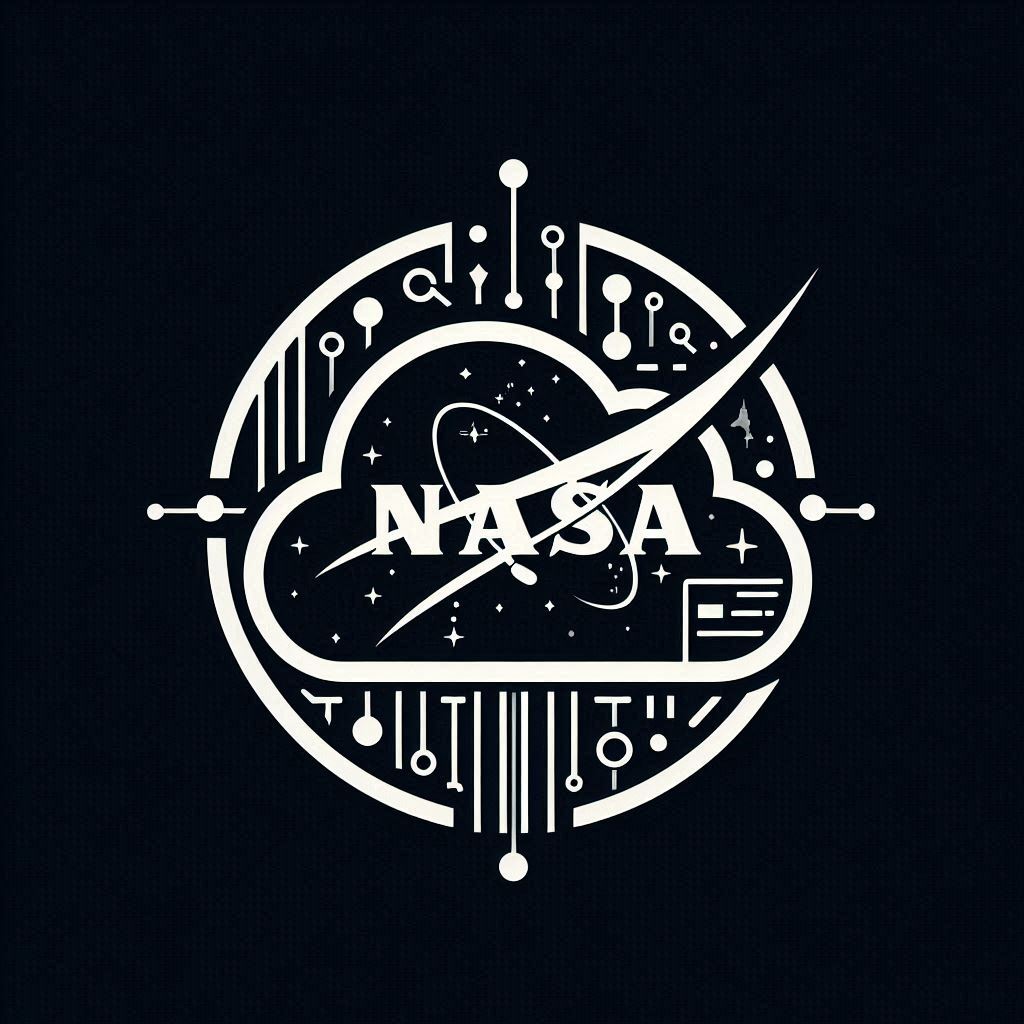NASA's Cloud Revolution: Powering Space with Technology
 Ashish Bhangale
Ashish Bhangale
NASA has always been known for groundbreaking space missions, but they're also innovating in the world of cloud computing. Let’s explore how NASA is leveraging cloud technology to enhance its space exploration efforts.
What is Cloud Computing?
Cloud computing is a way of delivering computing services—like servers, storage, databases, and software—over the internet. Instead of relying on physical hardware, organizations can access resources and data from anywhere through the cloud.
Example:
Think of using Google Drive or Dropbox to store your files online instead of saving them on your computer. You can access these files anytime, anywhere.
Why NASA Moved to the Cloud
Managing huge amounts of data from space missions, satellites, and research is a massive task. Traditionally, NASA used physical servers, which were expensive and limited in space. The move to the cloud allowed NASA to:
Save money by paying only for the storage they need.
Scale their data storage to any size.
Access and process data faster, with fewer delays.
Example:
Imagine having a smartphone with limited storage. As you take more photos, you run out of space. With cloud storage, your space is virtually unlimited, and you can access your photos from any device.
Benefits of Cloud Computing for NASA
NASA enjoys several key advantages from cloud technology:
Data Storage and Processing: Vast amounts of data from space missions are stored and processed in the cloud.
Faster Access to Data: Engineers and scientists can quickly access mission data, speeding up research and decision-making.
Global Collaboration: Teams across different locations can work together in real-time by accessing shared cloud resources.
Real-Life Example: Mars Rover
NASA’s Mars rovers, like Perseverance, send massive amounts of data—such as images, videos, and research results—back to Earth. Instead of waiting for physical servers to process this data, it’s stored and analyzed in the cloud. This helps scientists review and respond to mission data more efficiently.
Cloud Services NASA Uses
NASA partners with big cloud providers like Amazon Web Services (AWS), Microsoft Azure, and Google Cloud. These services offer:
Storage Solutions: Secure and scalable storage for all mission data.
Powerful Computing: High-performance cloud servers to run simulations and process complex data.
AI and Machine Learning: Using cloud-based AI, NASA can analyze data faster, automating parts of missions.
NASA’s Cloud Projects
NASA has several cloud-based projects:
NEBULA: NASA’s private cloud platform that provides access to computing resources for scientific research.
Earth Science Data: NASA stores Earth data in the cloud, allowing scientists to study climate change, natural disasters, and more.
Challenges of Cloud Computing for NASA
Despite the benefits, there are challenges:
Data Security: Keeping mission data safe from potential cyber threats is critical, so NASA invests heavily in securing its cloud infrastructure.
Reliability: NASA’s cloud services must be consistently reliable, especially when dealing with space missions that require real-time access to data.
The Future: AI in Space Powered by the Cloud
NASA is also exploring artificial intelligence (AI) and machine learning in space missions, using the cloud. AI systems can:
Detect patterns in data that humans might miss.
Help automate decisions during space missions, reducing the need for manual intervention.
Example:
A Mars rover equipped with AI can analyze the terrain and select rock samples for collection, all processed in real-time via cloud-based algorithms.
Impact: Faster Space Discoveries
Cloud computing accelerates discoveries. In the past, it could take weeks or months to analyze data from space missions. Now, thanks to the cloud, it can be processed in hours or days. This means we’re exploring the universe more efficiently than ever before.
Conclusion
NASA’s adoption of cloud technology is a game-changer for space exploration. From storing mission data to enabling global collaboration, the cloud makes space missions faster, more flexible, and more efficient. As NASA continues its journey into deep space, cloud computing will remain a critical part of its strategy, helping them explore the final frontier with advanced technology.
This technological shift shows that cloud computing is not just for businesses—it’s powering space exploration, helping humanity reach for the stars!
Subscribe to my newsletter
Read articles from Ashish Bhangale directly inside your inbox. Subscribe to the newsletter, and don't miss out.
Written by

Ashish Bhangale
Ashish Bhangale
I am a dedicated web developer with a strong focus on Java and a keen interest in AWS and cloud computing. Currently pursuing my MCA, I am driven by a passion for exploring emerging technologies and solving complex problems. As an aspiring software engineer, I am committed to leveraging my skills to create impactful solutions. In addition to my technical pursuits, I enjoy writing blogs on technology, sharing insights, and contributing to the tech community. My goal is to blend my technical expertise with a love for communication to foster a deeper understanding of technology.